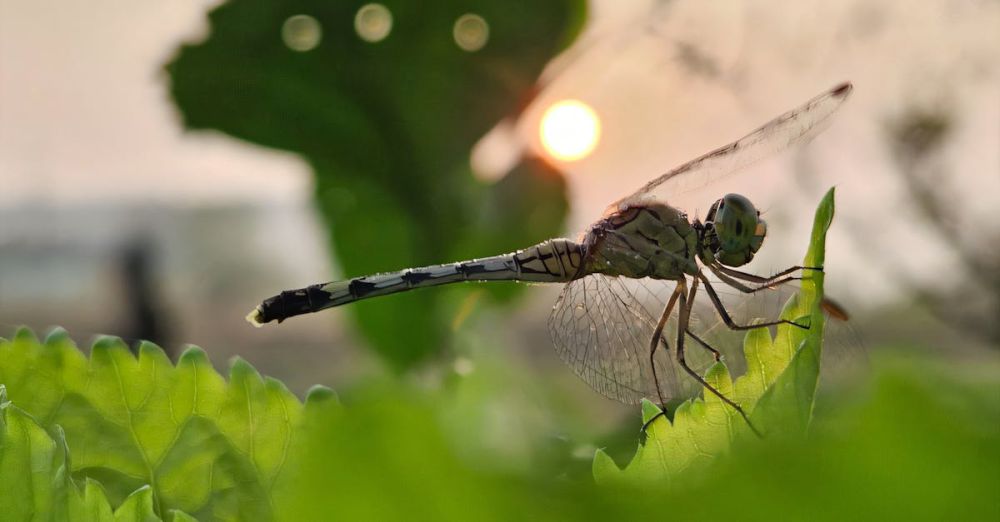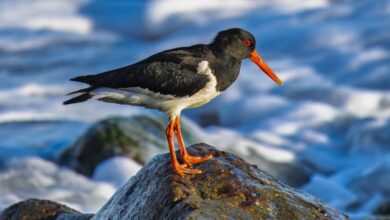How Can I Learn about Bird Habitats in Canada
Birdwatching is a captivating hobby that can transport you into the heart of nature, revealing the intricate lives of birds in their natural habitats. Canada, with its diverse ecosystems ranging from coastal shores to dense forests, offers a rich tapestry of bird habitats waiting to be explored. Whether you are a novice birdwatcher or a seasoned ornithologist, learning about these habitats can deepen your appreciation for avian life and enhance your observational skills.
Understanding Different Habitats
Canada’s vast landscape is home to various bird habitats, each supporting unique species. The coastal regions are alive with seabirds such as puffins and gulls, while wetlands teem with waterfowl like ducks and herons. Boreal forests provide sanctuary for songbirds and raptors, while grasslands attract species like the endangered prairie chicken. By familiarizing yourself with these different habitats, you can focus your birdwatching efforts on specific locations that will yield a diverse array of species.
Studying Habitat Types
To effectively learn about bird habitats, it’s essential to understand the specific types present in Canada. Forests, wetlands, grasslands, and urban areas each play a crucial role in supporting bird populations. Forests, particularly boreal and temperate rainforests, are vital for nesting and feeding. Wetlands serve as critical stopover points for migratory birds, while grasslands are rich in insects, making them perfect for insect-eating birds. Urban areas, often overlooked, can also provide habitats for species that adapt well to human environments.
Utilizing Online Resources
The internet is a treasure trove of information for aspiring bird enthusiasts. Websites like Birds Canada and the Cornell Lab of Ornithology offer detailed guides on bird habitats and the species that inhabit them. These platforms provide interactive maps, species checklists, and habitat profiles that can help you identify where to go and what to expect. Additionally, social media platforms, such as birdwatching groups on Facebook or Instagram, allow you to connect with fellow bird lovers who share tips and experiences.
Engaging with Local Birding Communities
Joining local birding clubs or organizations is an excellent way to learn about bird habitats firsthand. Many clubs organize field trips, workshops, and lectures led by experienced ornithologists. Participating in these activities not only enhances your knowledge but also provides opportunities to observe birds in their natural settings. Local clubs often have access to private lands and unique locations, expanding your options for birdwatching.
Exploring Field Guides and Literature
Field guides are indispensable tools for any birdwatcher. They typically include illustrations, range maps, and descriptions of birds alongside information about their preferred habitats. Investing in a good field guide specific to Canada can significantly enhance your ability to identify species and understand their habitat preferences. Additionally, books and articles on Canadian bird conservation can shed light on the importance of protecting these habitats and the challenges birds face.
Practicing Observation Skills
To truly learn about bird habitats, you must practice your observation skills. Spend time in different environments, taking note of the types of vegetation, water sources, and food availability. Use binoculars to observe birds without disturbing them, and keep a journal to document your findings. This hands-on experience will deepen your understanding of how habitat influences bird behavior, breeding, and feeding patterns.
Connecting with Nature
Ultimately, learning about bird habitats in Canada is about fostering a connection with nature. Take the time to appreciate the beauty around you—the rustle of leaves, the songs of birds, and the vibrant colors in the sky. Every outing presents a new opportunity to observe and learn.
Broadening Your Understanding
As you deepen your knowledge of bird habitats, consider expanding your focus to include conservation efforts and environmental science. Understanding the impact of habitat loss, climate change, and human activity on bird populations can empower you to become an advocate for their preservation. By engaging in local conservation projects or participating in citizen science initiatives, you play a role in protecting these vital ecosystems.
In summary, learning about bird habitats in Canada is a rewarding endeavor that enriches your life and enhances your connection to the natural world. Whether through online resources, community engagement, or personal observation, the journey will reveal the beauty and complexity of birdlife that thrives in diverse Canadian landscapes. Embrace the adventure, and let your curiosity guide you in this fascinating exploration.







